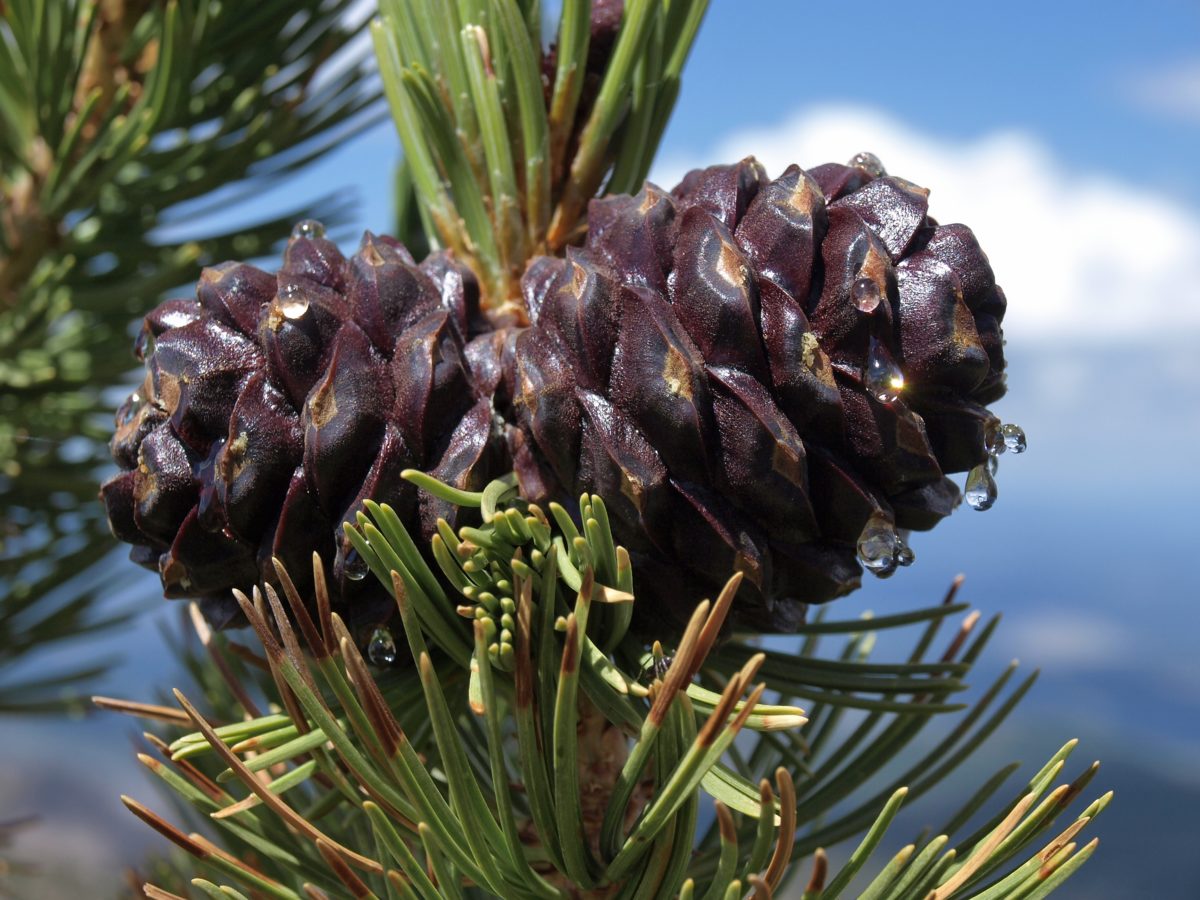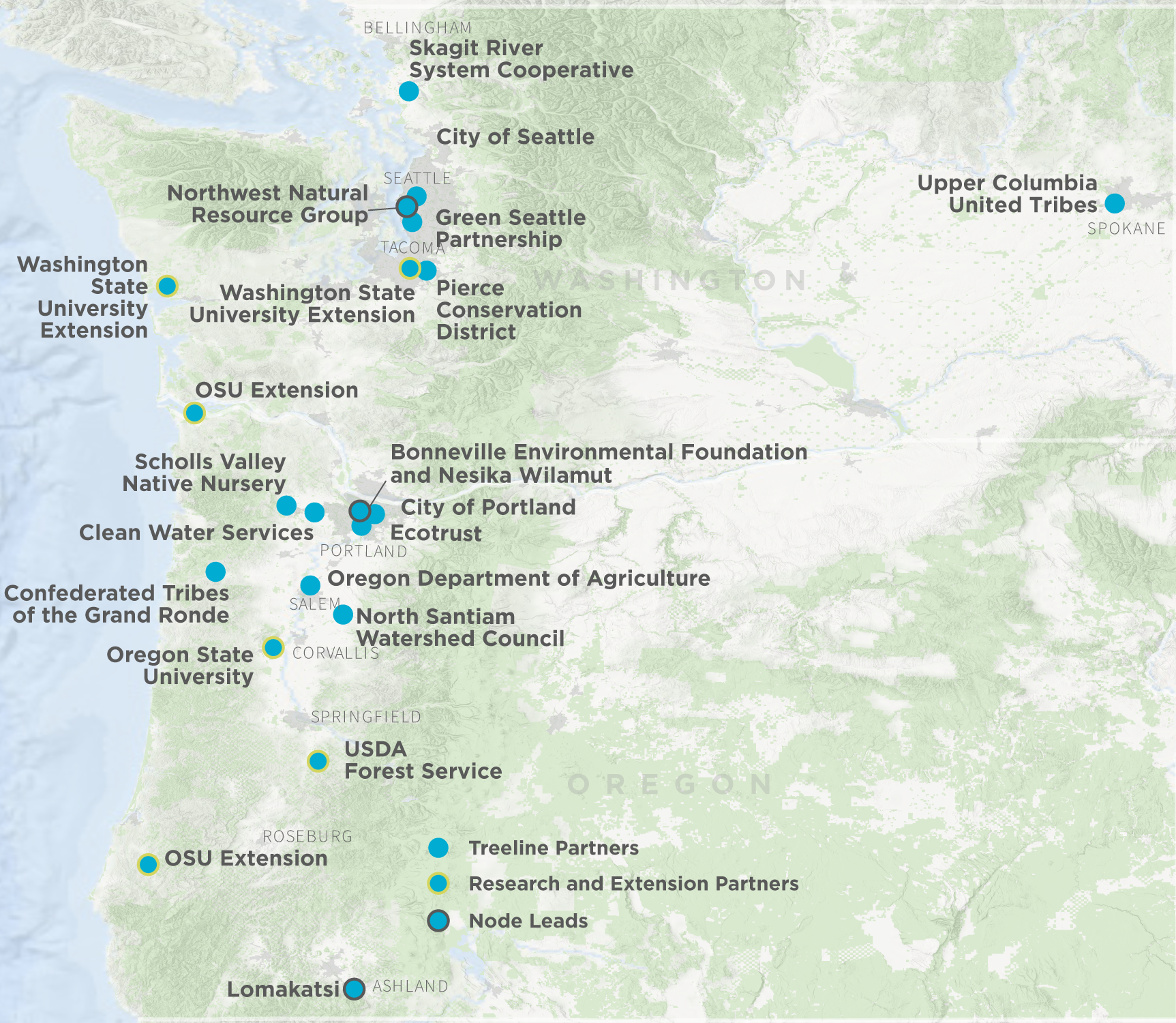
Treeline: Climate Resilience
Who Are We?
Treeline aims to: Engage PNW restoration practitioners, nursery partners and researchers who work for or represent tribes, indigenous groups, non-profits, agencies, landowners, businesses and more to gather, disseminate, and discuss information and knowledge across a broad region.
Hear from our community by signing up for our newsletter here.
Catch up on past newsletters:
Nursery Issue – coming soon

What is Assisted Migration
Seed migration: seed sources are moved climatically or geographically within their current ranges. (Example: collecting see from droughty or flood-prone sites for propagation and out-planting at different site, but within the same seed zone)
Range expansion: seed sources or plant materials are moved to suitable areas just outside of ranges. (Example: planting California black oak north of Lane County, and still within Oregon's Willamette Valley)
Assisted species migration: species are moved far outside current ranges to prevent extinction, or to serve as a surrogate for another species in decline due to climate change (Example: planting incense cedar rom central Oregon in the Washington Cascades)
How You Can Get Involved
Join iNaturalist/encourage your team or community to sign up and find our project: Western redcedar Dieback Map.
Head outside
follow progress
“Mother nature has dealt with climate change for millions of years and will for millions more. The fact that the currently changing climate is occurring at an unprecedented rate is surely one that raises the level of concern, but we should look for solutions that mimic natural processes as opposed to completely rewriting them. Concepts like seed migration and range expansion are more in line with the way that nature adjusts through time. Unfortunately, humans have come to believe they are smart enough to bypass natural migration and create a brand-new reality. It recalls examples of scotch broom and cane toads where humans thought they had the best solution to a human-caused problem. I for one would like to learn from our past mistakes and look to mother nature for the solutions.” —Marc Gauthier, Wildlife Program Manager, Upper Columbia United Tribes
Take a deeper dive with our Treeline Webinar series:
